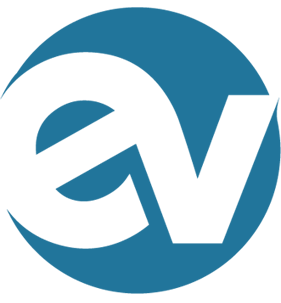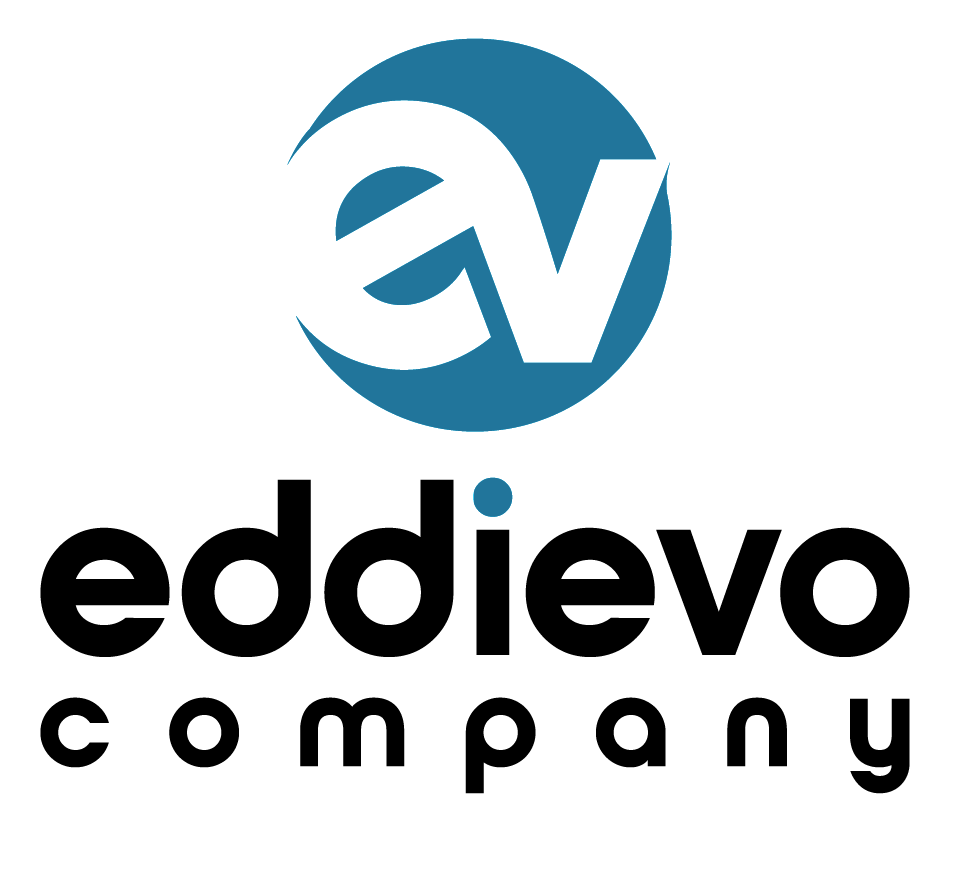Trello is a powerful and versatile project management tool that can help you organize tasks, collaborate with team members, and stay on top of deadlines—all for free. In this in-depth guide, we’ll walk you through the essential features of Trello and provide step-by-step instructions to get you started.
Table of Contents
- Introduction to Trello
- Setting Up Your Trello Account
- Creating Your First Board
- Understanding Boards, Lists, and Cards
- Customizing Your Board
- Collaborating with Team Members
- Using Labels, Checklists, and Due Dates
- Power-Ups and Integrations
- Best Practices for Managing Projects with Trello
- Conclusion
Introduction to Trello
Trello is a web-based project management application that uses a visual system of boards, lists, and cards to organize tasks. It’s user-friendly and highly customizable, making it suitable for a variety of projects, from simple to complex.
Setting Up Your Trello Account
- Sign Up for Trello
- Visit Trello’s website and click on the “Sign Up” button.
- You can sign up using your email address, Google account, or Microsoft account.
- Confirm Your Email
- After signing up, check your email for a confirmation message from Trello.
- Click the confirmation link to verify your account.
Creating Your First Board
- Create a New Board
- Once logged in, click on the “Create new board” button.
- Enter a name for your board (e.g., “Project Management”).
- Select a background color or image to personalize your board.
- Click the “Create Board” button.
- Add Lists to Your Board
- Lists represent stages in your workflow (e.g., “To Do,” “In Progress,” “Done”).
- Click on “Add a list…” and enter the name of your first list.
- Repeat this step to add more lists.
Understanding Boards, Lists, and Cards
- Boards
- Boards are the highest level of organization in Trello. Each board represents a project or a workflow.
- Lists
- Lists help you categorize tasks within a board. They can represent stages of a project or different types of tasks.
- Cards
- Cards are individual tasks or items within a list. They can contain detailed information, such as descriptions, attachments, comments, and more.
Customizing Your Board
- Adding Cards
- Click on “Add a card…” under a list.
- Enter a title for your card (e.g., “Write blog post”).
- Click “Add Card” to create the card.
- Editing Cards
- Click on a card to open it.
- Add a description, attachments, comments, and more.
- Reordering Cards and Lists
- Drag and drop cards within lists to change their order.
- Drag and drop lists to rearrange them on the board.
Collaborating with Team Members
- Inviting Team Members
- Click on “Invite” at the top of your board.
- Enter the email addresses of the people you want to invite.
- Click “Send Invitation.”
- Assigning Cards
- Open a card and click “Members” in the card menu.
- Select the team members to assign them to the card.
- Commenting on Cards
- Open a card and type a comment in the “Add Comment” box.
- Click “Save” to post your comment.
Using Labels, Checklists, and Due Dates
- Adding Labels
- Open a card and click “Labels” in the card menu.
- Choose or create a label to categorize the card.
- Creating Checklists
- Open a card and click “Checklist” in the card menu.
- Enter a title for the checklist and click “Add.”
- Add items to the checklist.
- Setting Due Dates
- Open a card and click “Due Date” in the card menu.
- Select a date and time, then click “Save.”
Power-Ups and Integrations
- Enabling Power-Ups
- Click “Show Menu” on the right side of your board.
- Click “Power-Ups” and browse the available options.
- Click “Add” to enable a Power-Up.
- Popular Power-Ups
- Calendar: Visualize your cards with due dates on a calendar.
- Google Drive: Attach files from your Google Drive to cards.
- Slack: Integrate Trello with your Slack workspace for notifications.
Best Practices for Managing Projects with Trello
- Regularly Update Your Board
- Keep your board up to date by moving cards and updating information as tasks progress.
- Use Clear and Concise Titles
- Use descriptive titles for cards and lists to ensure clarity.
- Communicate with Your Team
- Utilize comments and @mentions to keep team members informed and engaged.
- Review and Reflect
- Periodically review your board to identify bottlenecks and improve your workflow.
Conclusion
Trello is an incredibly versatile tool that can streamline your project management process. By following this guide, you can set up and customize your Trello boards, collaborate effectively with your team, and manage tasks efficiently. Start exploring Trello today and discover how it can enhance your productivity!
Feel free to take screenshots along the way to illustrate each step and make the tutorial even more helpful for your readers.


